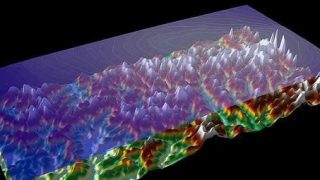
The role of Government in financing health care (1)
Insurance markets are far from meeting the conditions that make competitive markets efficient. Here is an incomplete but illustrative list of problems in the case of health insurance: Externalities : my health quality affects me, but also affects people around me, like in the case of contagious diseases. Economic theory predicts that consumers will not […]








